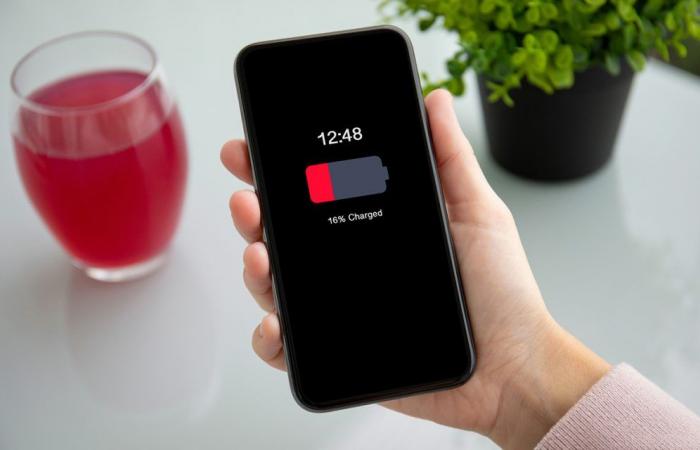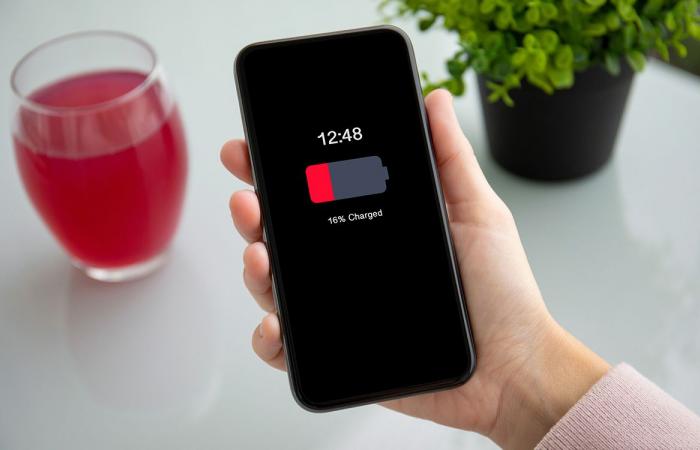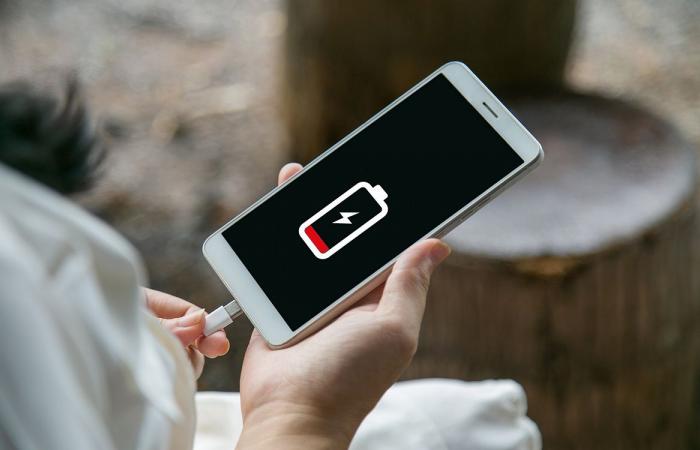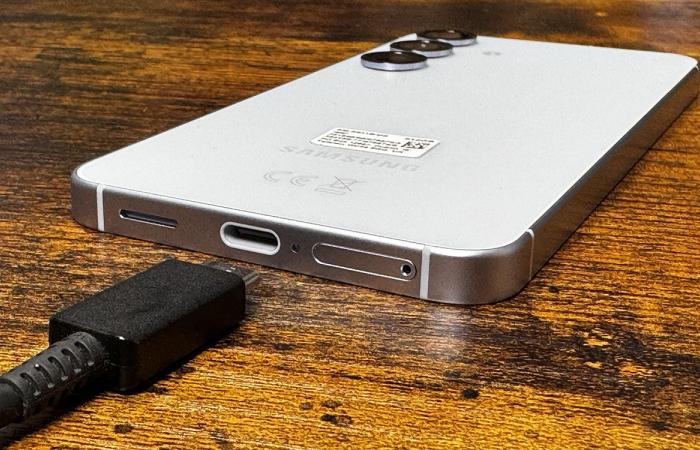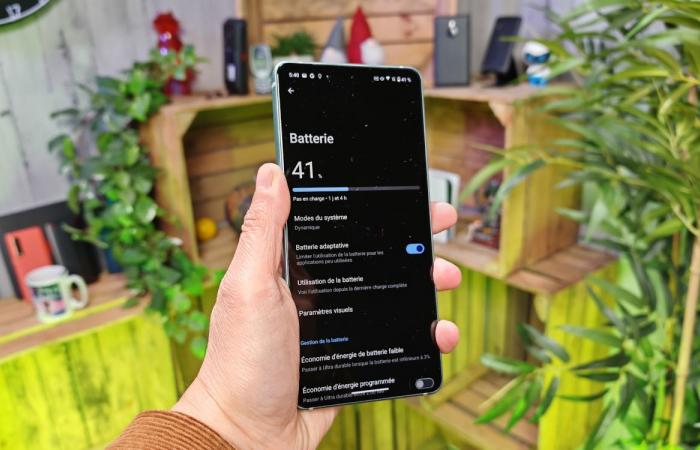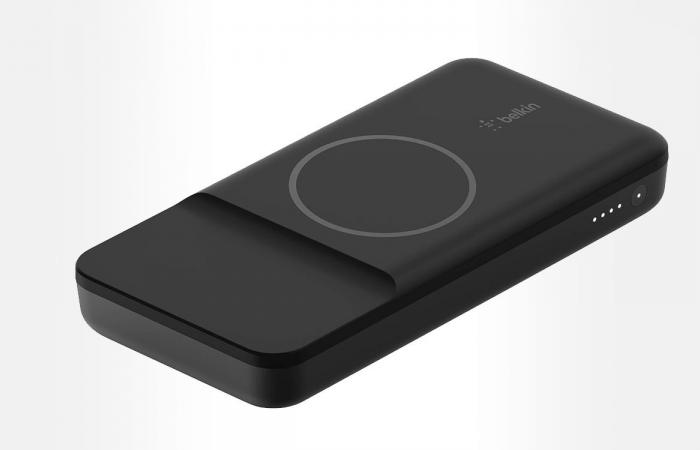Between a smartphone which holds more than 2 days without screaming famine, but which requires almost an hour of load, and another with capabilities certainly more modest, but which is fully loaded in less than 30 minutes, there is something to hesitate. And yet, many arguments go in the direction of one of the two technologies. We explain everything to you.
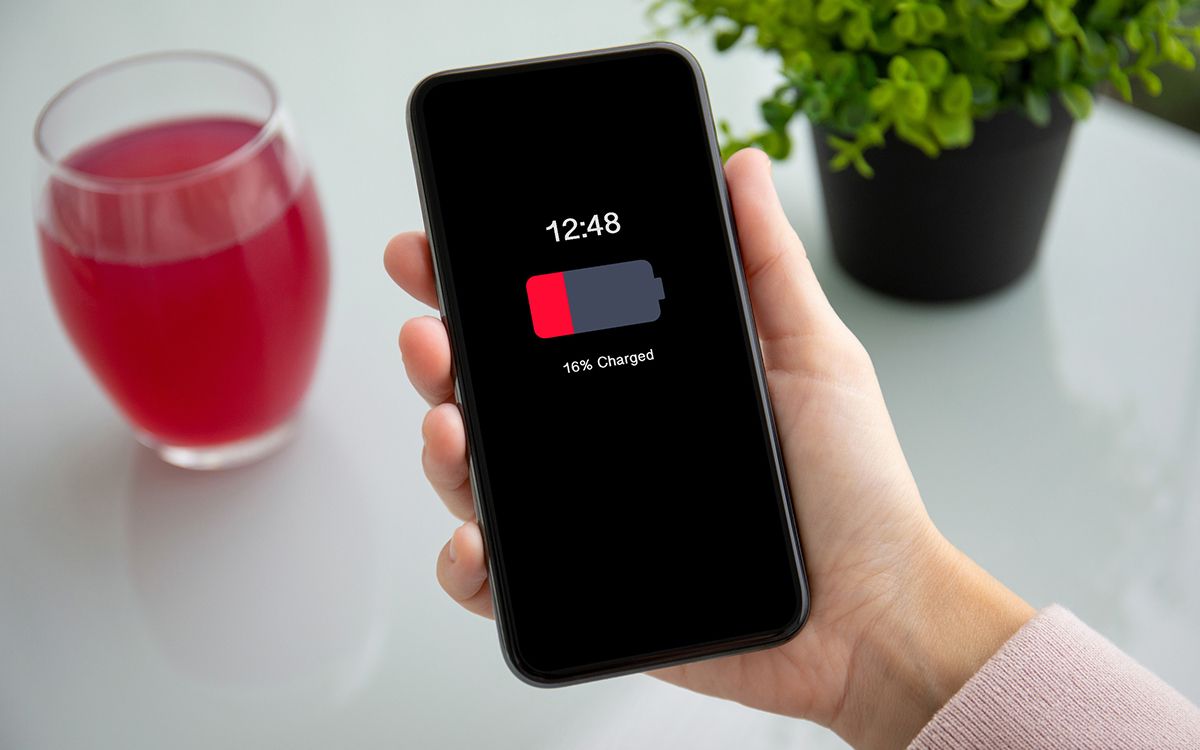

For smartphones manufacturers, it seems that The performance race Sometimes played the battery power, sometimes on the load speed of the smartphone.
In the first case, there is Xiaomi who works on A 7000 mAh battery For its future Xiaomi 16, or Honor which should reveal a new smartphone very soon with an 8000 mAh battery. Good news: thanks to this technology, there is something in theory to hold 3 or 4 days without having to recharge your phone. Admittedly, other factors can be taken into account, such as management of consumption specific to each manufacturer or the overlay of Android, but it is certain that with such capacity, smartphones should leap forward in terms of longevity. But the bad news is that The loading time is considerably increased.
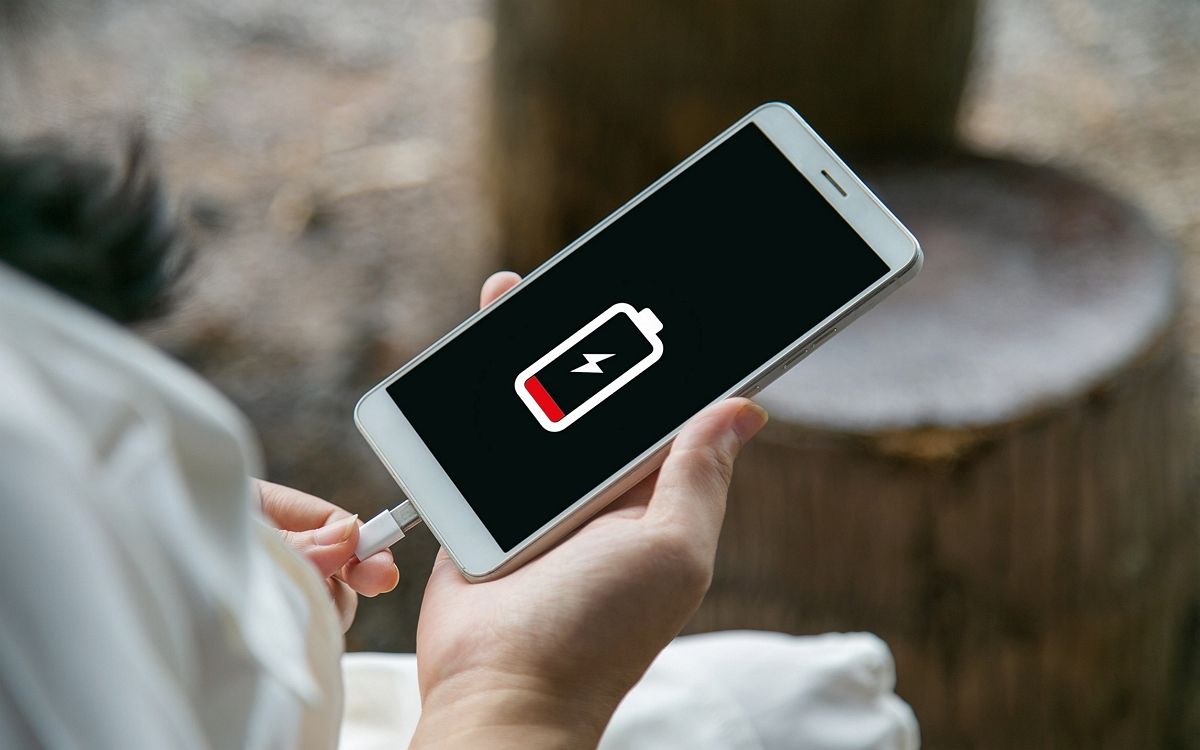

So why not opt for a load speed and a more modest battery (around 5000 mAh)? There too, technologies are constantly evolving. Thus, many models released over the past two years support a load speed of 90 or 120 W. Recharge your precious device up to 50% in a dozen minutesand to recharge it completely in half an hour for the most efficient models.
The question can therefore arise: should we prefer a large battery which will necessarily require more charging time, or on the contrary, a lower battery, which recharges in the quarter turn? Here are some arguments that go in favor of one of the two technologies, and it is not necessarily the one that everyone thinks in priority.
Have you forgotten to charge your smartphone? Fast load is your best friend
It is the most common scenario. In the morning, a little before going to the office, you realize that there are only a few energy percent on your smartphone. Not sure you can use the phone and keep up to the office. Do not panic, the fast load is there for that and many Android smartphones take advantage of this technology.
Even Samsung, which has been hanging on the paw for years on this subject, still offers a quick load of 25 W on its Galaxy S25. What allow the smartphone to recover 15% of its energy in 10 minutes. But there is much better on the side of the competition. The Xiaomi 15 allows for example to recover 25% battery in this same period of time, and even 50% in 25 minutes. Enough to recharge your phone hyper quickly before leaving, and quietly surf on the web in the metro, consult your messages, listen to music, read videos. Or use the GPS of the smartphone if you are by car.


Do you travel a lot? Long live the fast load
If you have to travel regularly, you have probably been brought to recharge your smartphone in places like an airport, a station, etc. And generally, you don’t have much time in front of you. In this case, there is no other solution than to opt for a quick charge phone. As mentioned above, it is now possible to recharge your smartphone very quickly. For example, the Asus Zenfone 12 Ultra, with its 5,500 mAh battery buries almost all its competitors: it can recharge up to 29% in 10 min, and 54% in only 20 min.
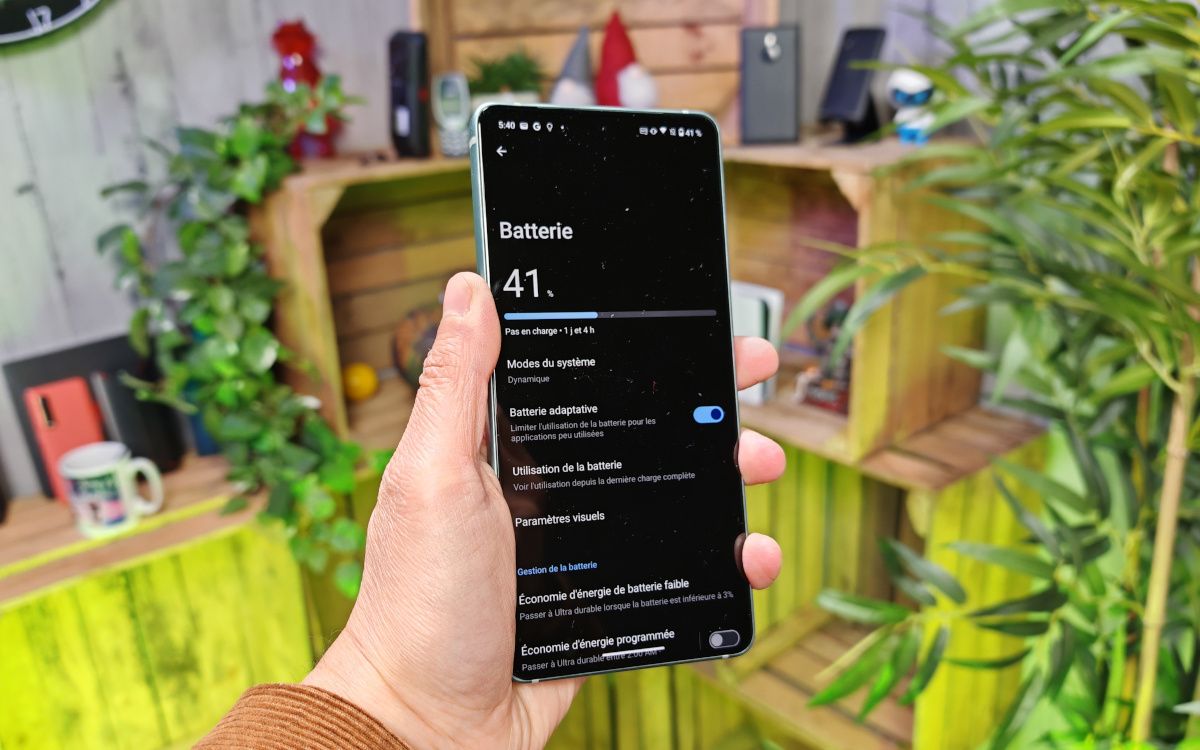

Keep an additional battery in the pocket
If you are afraid that your Android phone is lacking in energy over the day, you can always acquire an external battery. Some even operate by induction (but are slower).
Here too, it is an argument that plays in favor of the fast load. Thus, it is possible to fill a lack for this technology. But in the case with a powerful battery, but slowly dependent, it is impossible to make it can take advantage of the slightest “upgade”.
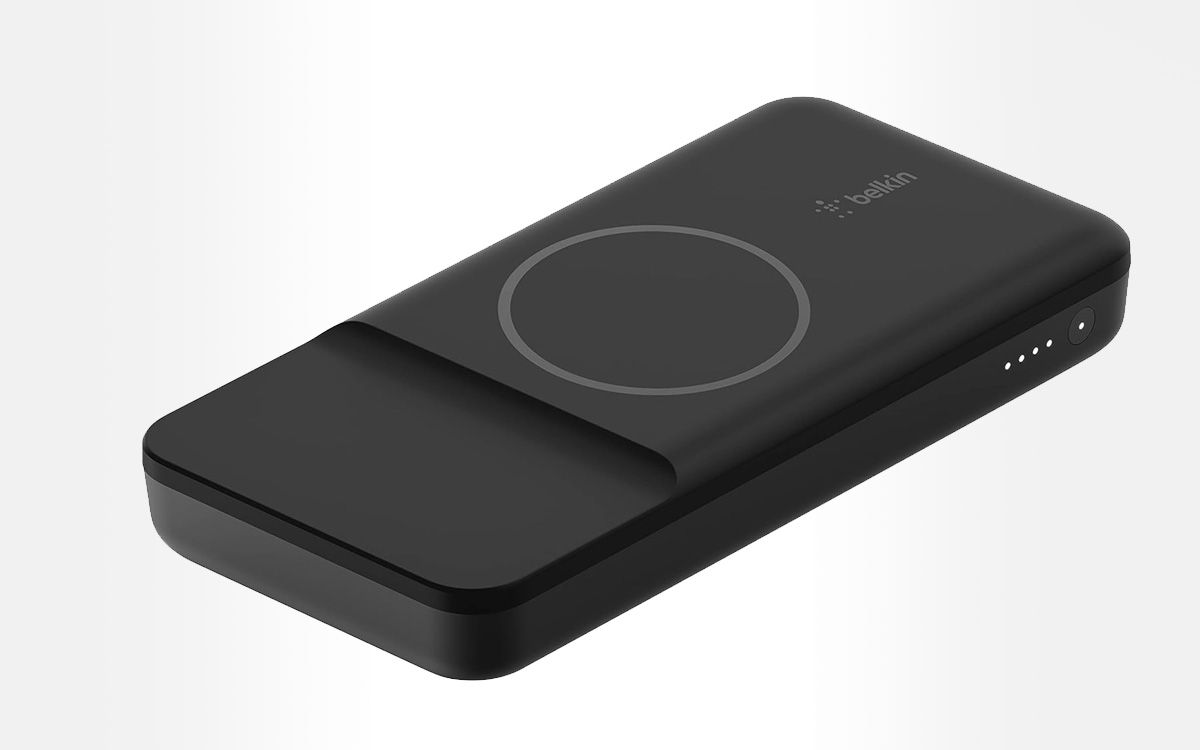

A smartphone with a small battery (but fast) is more compact
Here, it is more aesthetic and more ergonomic arguments in question. Most often, smartphones that have a large capacity battery are also very bulky. This is particularly the case of the OnePlus 13 with its 6000 mAh battery and its 6.82 ″ screen and its 210 grams on the scale. Same fight for the Poco F7 Ultra, which is equipped with a 5300 mAh battery, but which still makes 212 grams on the scale.
The advantage of a smartphone with more modest capacities in terms of battery power is that it is generally lighter. The S25 that we mentioned earlier, only benefits from a 400 mAh battery. But he weighs only 162 grammes ! And the reduced size of its 6.2 ″ screen allows you to slide it more easily into a pocket and use it with one hand.

